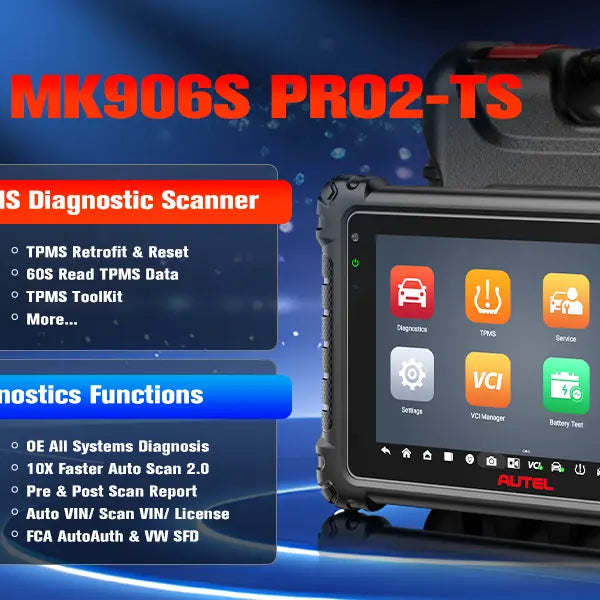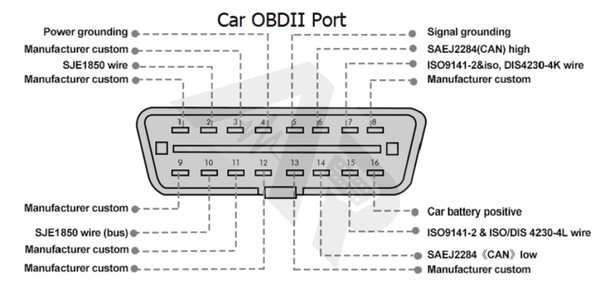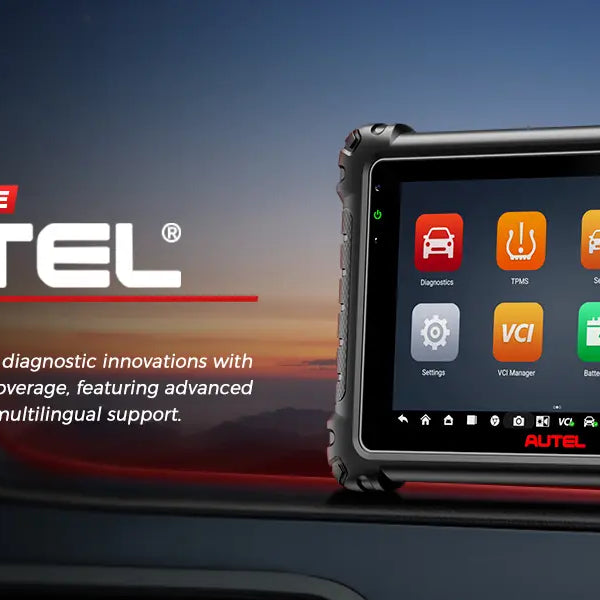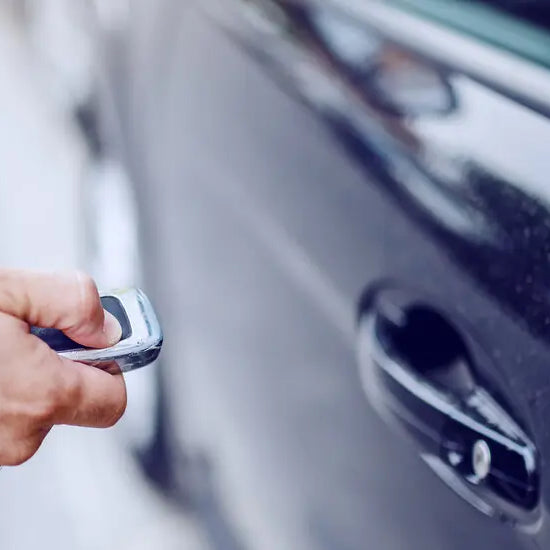In our previous article, we covered the basics of DOIP and CAN FD protocols. Beyond these, Autel scanners also support a variety of other diagnostic protocols, as listed in the user manual. These include SAE J2819 (TP20), TP16, ISO 9141, ISO 14230, and more. Each of these plays a specific role in vehicle communication and is essential for diagnosing different makes and models.
Today, we’re taking a closer look at the ISO 9141 vehicle diagnostic protocol. What exactly is ISO 9141? What is it used for, and does it still matter today? Does the Autel OBD II scanner support this protocol? And how does it compare to the newer CAN FD protocol? Let’s break it down.
What is the ISO 9141?
ISO 9141 is a communication protocol developed by the International Organization for Standardization (ISO), primarily used in the automotive industry for diagnostics and system programming.
It was designed to enable communication between a vehicle’s on board diagnostics (OBD) system and external diagnostic tools used by technicians. The term “K-Line” refers to the physical communication line used, while “ISO 9141” defines the actual communication standard.
The ISO 9141 protocol communicates via pins 7 and 15 of the OBD II port.
If you’re looking to diagnose vehicle issues, ISO 9141 is one of the commonly used serial communication standards between diagnostic tools and a vehicle’s electronic control unit (ECU).
Its main goal is to standardize vehicle diagnostics, allowing a single diagnostic device to communicate with most—if not all—vehicle manufacturers. The protocol outlines how signals are transmitted over the K-Line, including the data format and timing requirements, providing a structured framework for diagnostic tools to operate effectively.
Key Features of ISO 9141
-
Single-Wire Communication (K-Line): The ISO 9141 diagnostic protocol uses a single-wire connection, known as the K-Line ISO 9141, to transmit and receive data between the vehicle’s ECU and an external car diagnostic tool via the OBD port.
-
Slow Baud Rate: ISO 9141 (also referred to as ISO9141) operates at a relatively low communication speed—typically 10.4 kbps—which is much slower than modern protocols like CAN FD.
-
Asynchronous Serial Communication: This protocol uses asynchronous data transmission, similar to RS-232. Its simplicity makes it easy and cost-effective to implement in older vehicle systems.
-
Handshake Initialization: Communication begins with a special handshake sequence to ensure that the Autel OBD II scanner or other diagnostic devices connect properly with the vehicle’s control modules.
-
Widespread Use in Older Vehicles: ISO 9141 is commonly found in OBD-compliant vehicles manufactured in Europe and Asia from the mid-1990s to early 2000s. Many older vehicles still rely on this diagnostic protocol for troubleshooting and system access.
-
No Built-in Error Checking: Unlike advanced protocols such as CAN FD, ISO 9141 does not include error-checking mechanisms like CRC, which can make it less reliable in environments with electrical interference.

Key Features of ISO 9141
Key Differences of ISO 9141 and CAN FD
| Feature |
ISO 9141 |
CAN FD |
| Speed |
Slow |
Fast |
| Data Rate |
Up to 10.4 kb/s |
Up to 5 or 8 Mbps |
| Purpose |
Diagnostics, initialization |
High-speed data network |
| Data Payload |
Limited |
Up to 64 bytes |
| Evolution |
Older, being replaced |
Modern, increasing usage |
Using K-Line ISO 9141 in Automotive Diagnostics
K-Line ISO 9141 is a straightforward and reliable diagnostic protocol that makes vehicle diagnostics fast and efficient. When you connect a compatible car diagnostic tool, such as an Autel OBD II scanner,to the vehicle’s OBD port, it automatically establishes communication with the ECU over the K-Line.
Once connected, you can access a wide range of functions—reading trouble codes, adjusting ECU settings, logging real-time data, and more. This user-friendly protocol is still supported on many older vehicles and remains an essential part of multi-protocol scanners like those from Autel.
Here are some of the key functions you can perform using ISO 9141 via the K-Line:
-
Read Diagnostic Trouble Codes (DTCs): Quickly identify the root cause of issues by accessing stored and pending fault codes directly from the ECU.
-
Real-Time Data Monitoring: K-Line allows live data viewing for critical parameters such as engine temperature, throttle position, and fuel efficiency—essential for diagnosing performance issues.
-
ECU Programming: Some vehicles support ECU reprogramming or updates over K-Line ISO 9141, enabling performance tuning or unlocking additional features.
-
Sensor Calibration: After installing new sensors, you can recalibrate them through your diagnostic tool to ensure accurate operation.
While newer protocols like CAN FD offer faster data speeds and advanced functionality, ISO 9141 remains highly useful for legacy vehicles and is fully supported by many professional tools, including the Autel scanner lineup.
Whether you're a technician or a DIYer, having ISO 9141 support ensures broader vehicle compatibility and dependable diagnostic performance.
Troubleshooting OBD-II Communication Issues
When you diagnose with Autel OBD II scanner, ISO 9141 codes appear on your scan. This is not a fault code, but indicates a communication protocol problem between the vehicle ECU and the diagnostic tool.
The ISO 9141 code appears on the Autel MS509.
Start by inspecting the pins on the OBD-II connector for any signs of corrosion or physical damage. Also, check the wiring harness for possible open circuits or shorts—especially in areas near the ECU and dashboard, where wiring is more prone to wear.
Make sure the ignition switch is functioning properly, as it supplies power to the communication circuit. In some cases, disconnecting the vehicle’s battery for about 10 minutes may help reset the ECU and restore normal communication.
Conclusion
Although newer protocols like CAN FD are more advanced, ISO 9141 remains essential for diagnosing older vehicles. Its wide compatibility and simplicity make it a reliable choice for many models still on the road.
With an Autel OBD II scanner, you can easily work with ISO 9141, K-Line, and other key protocols—ensuring accurate diagnostics across various systems. Understanding the right diagnostic protocol is the key to effective vehicle troubleshooting.







Leave a comment